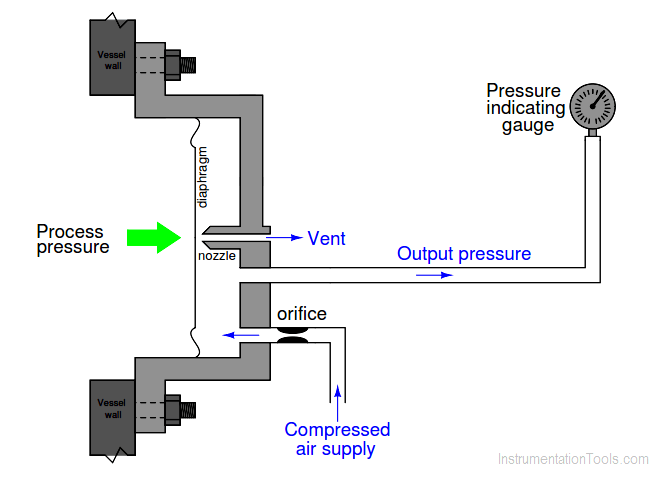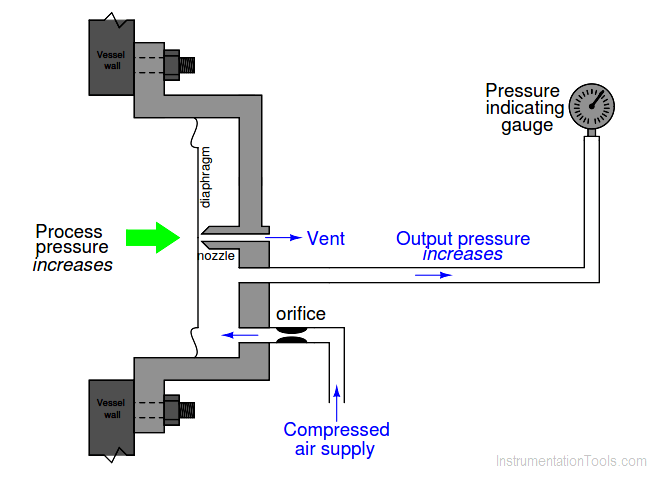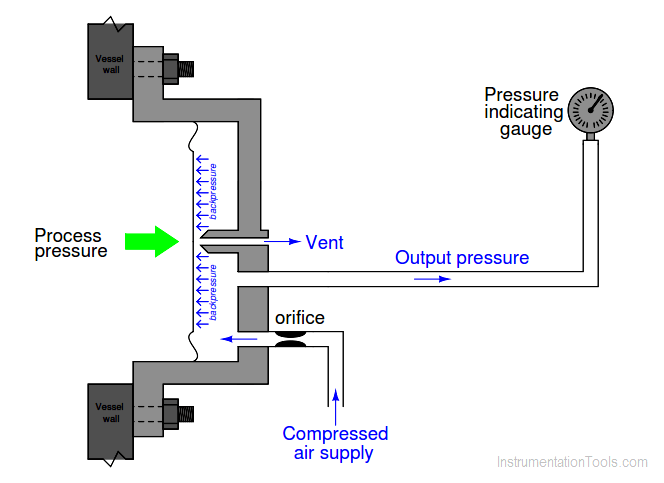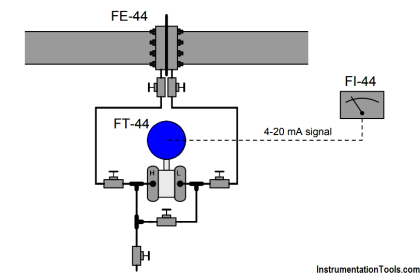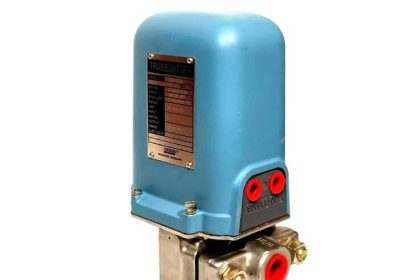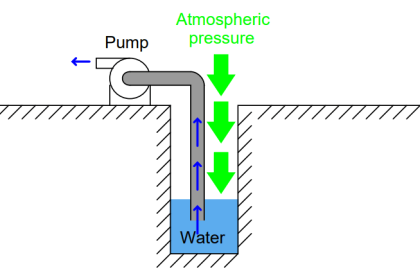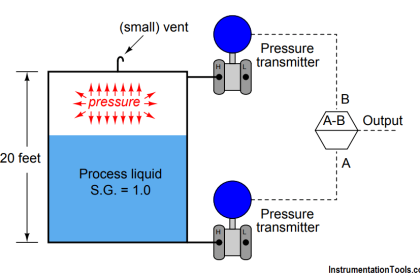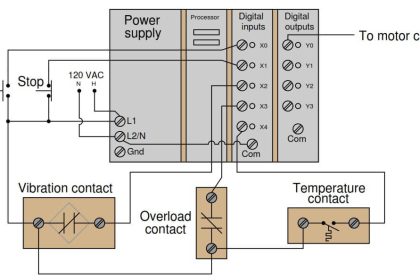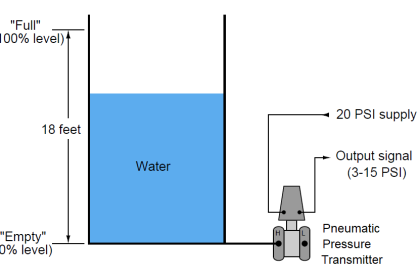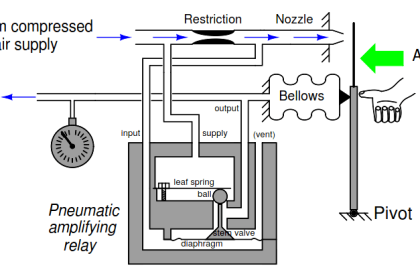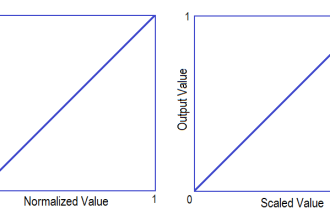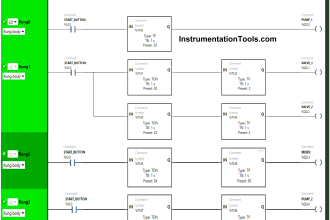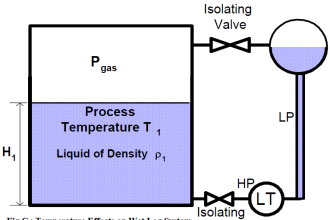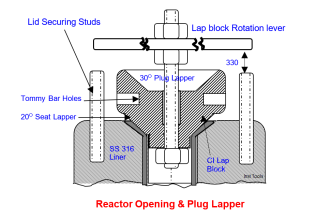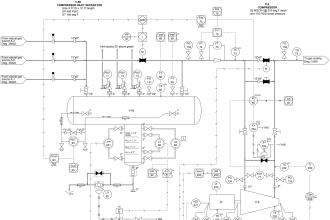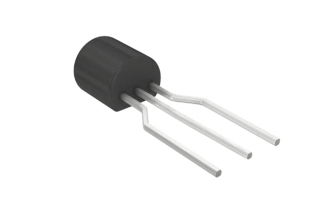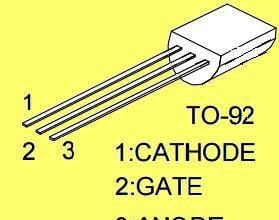Shown here is a “cut-away” diagram of a simple pressure repeater, a device used to duplicate the pressure inside an enclosed process vessel with clean pneumatic (air) pressure, so it may be read with a remote gauge:
Pressure Repeater
Describe the response of this device, step by step, to an increase in process pressure. Hint: the diaphragm in this device is “slack,” meaning it has a negligible spring effect. This means even very small pressure differences are sufficient to move the diaphragm significantly.
Also, explain where we might want to use such a device, in lieu of simply connecting the pressure indicating gauge directly to the process vessel.
Explanation
As process pressure increases, the force pressing right on the diaphragm increases as well. This makes the diaphragm move closer to the nozzle, making it more restrictive to air flow:
As air flow through the nozzle reduces, the “backpressure” built up by supply air through coming through the orifice increases.
This increased back pressure forces the diaphragm to the left, against the process pressure, until the diaphragm begins to back away from the nozzle and a new point of balance (equilibrium) is reached:
Because both pressures (process fluid, and air backpressure) act against the same amount of surface area on the diaphragm, the point of force balance between them will be when the two pressures are equal to each other.
Thus, the output air pressure (sensed by some remote pressure-measuring instrument) mirrors, or “repeats,” the process pressure.
Applications
Applications for a pressure repeater are found in the biopharmaceutical and food processing industries. If a pressure gauge were connected directly to the process vessel, the impulse tube connecting the gauge to the vessel would inevitably retain some of the process fluid.
In biopharmaceutical and food processes, bacteria will grow in stagnant process fluid, meaning that such lengths of tubing will act as reservoirs of harmful bacteria which may contaminate subsequent batches within the vessel.
The flush-mounted diaphragm of a pressure repeater is easily cleaned by “clean-in-place” (CIP) protocols used to clean the process vessel. There are no crevices or small chambers for fluid to lie stagnant on the process side of a pressure repeater, therefore pressure repeaters eliminate the problem of bacterial contamination.
Interest to add any further points? Share your answers with us through the below comments section.
Read Next:
- Pressure Gauge Dial
- Level Gauge Design
- Diaphragm Pressure Sensor
- Pneumatic Relay Questions
- Integral Controller Principle
Credits: Tony R. Kuphaldt
